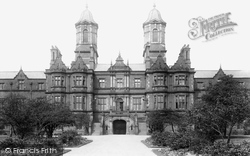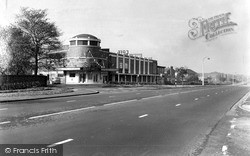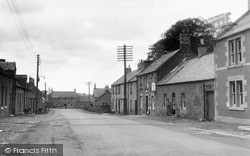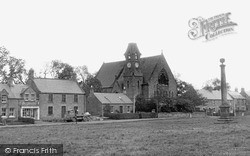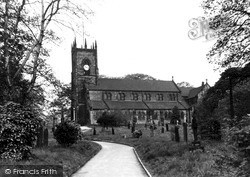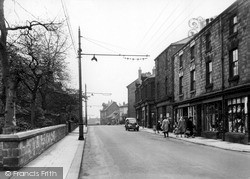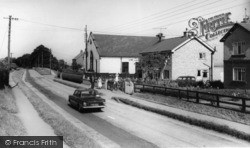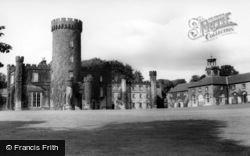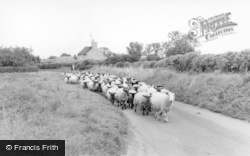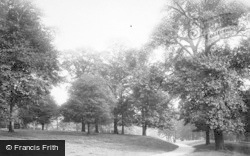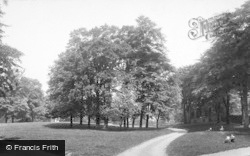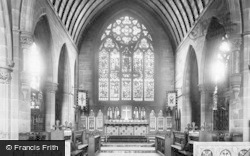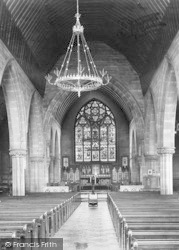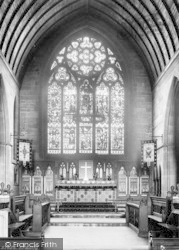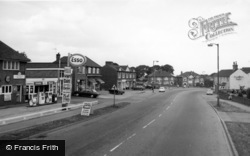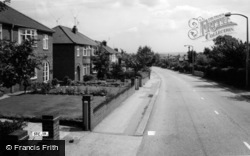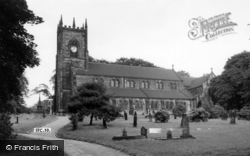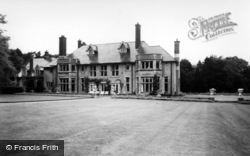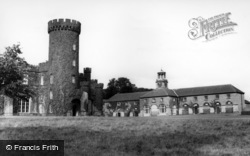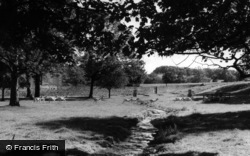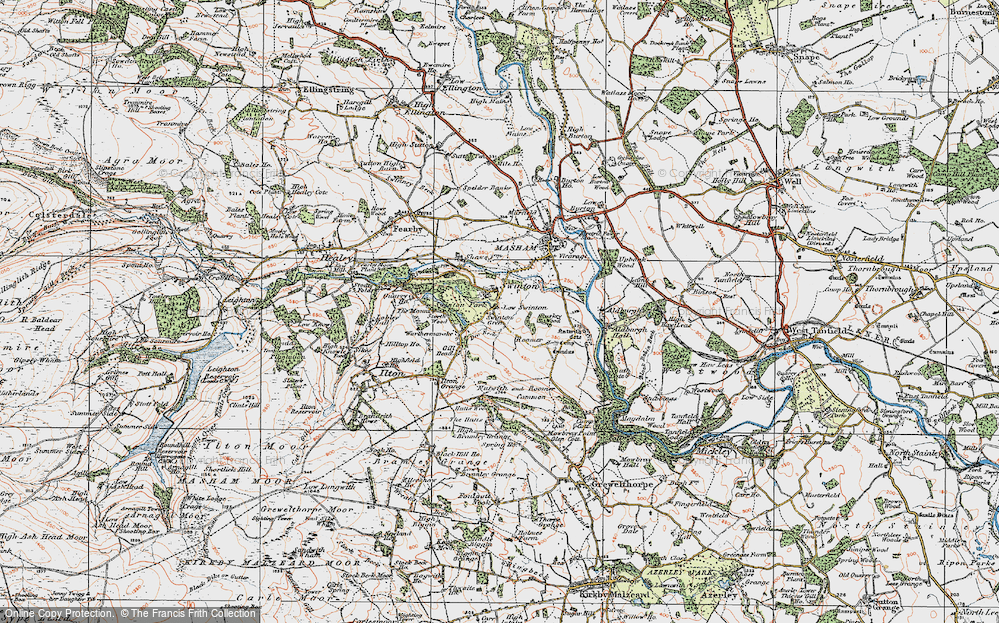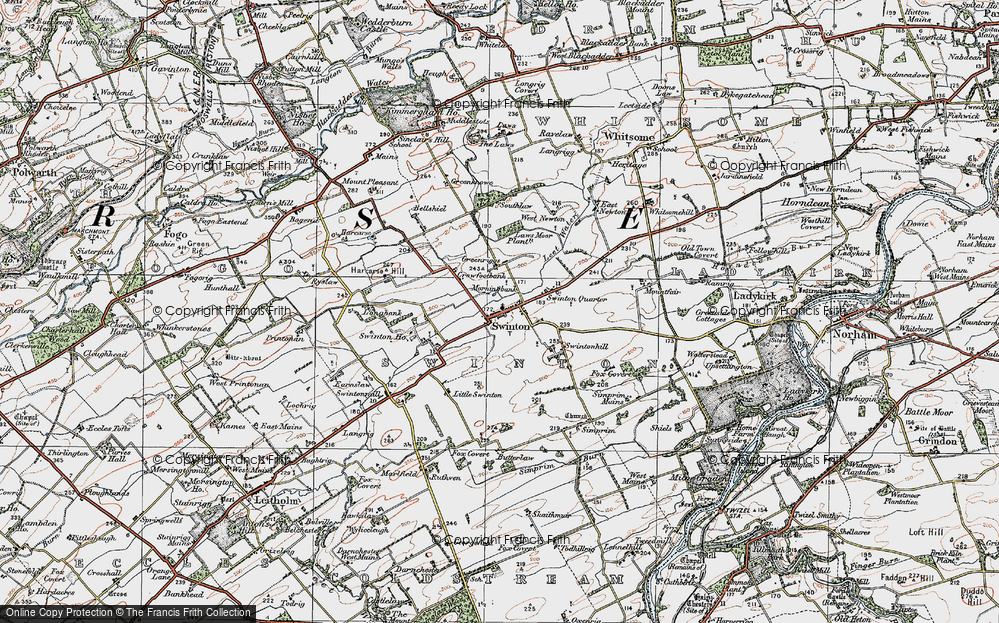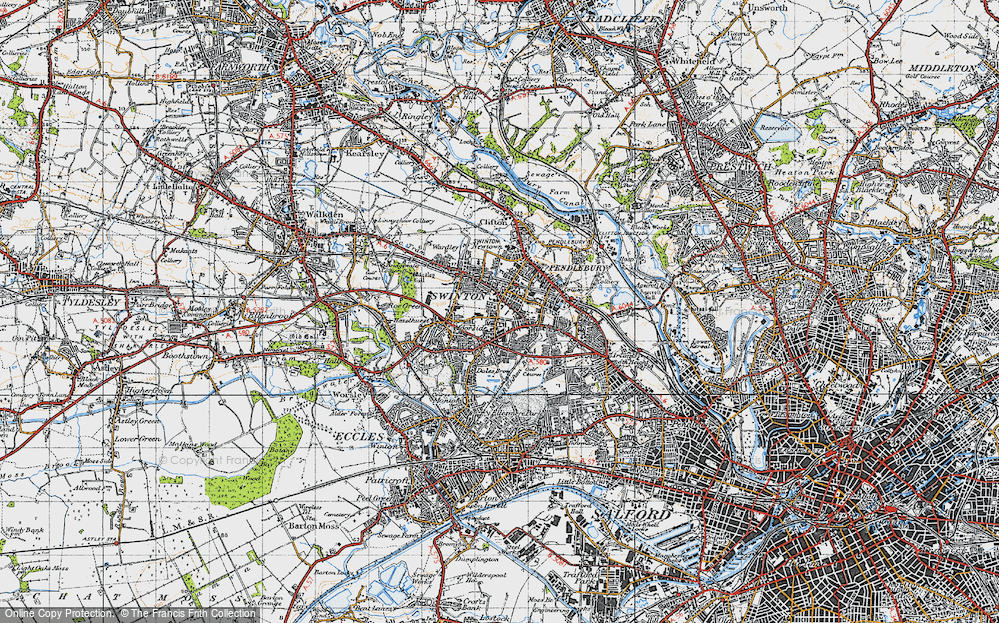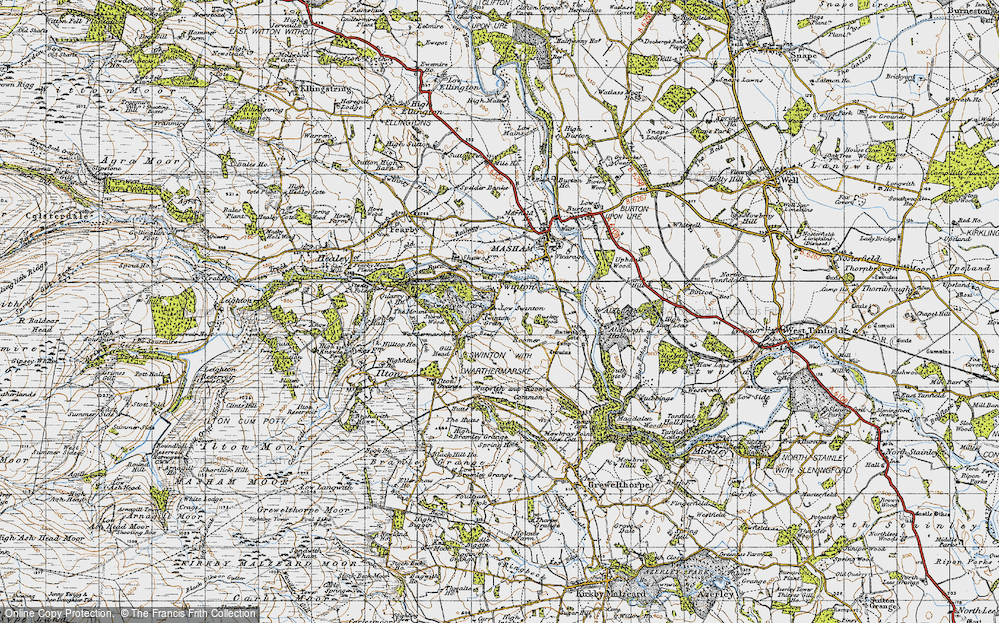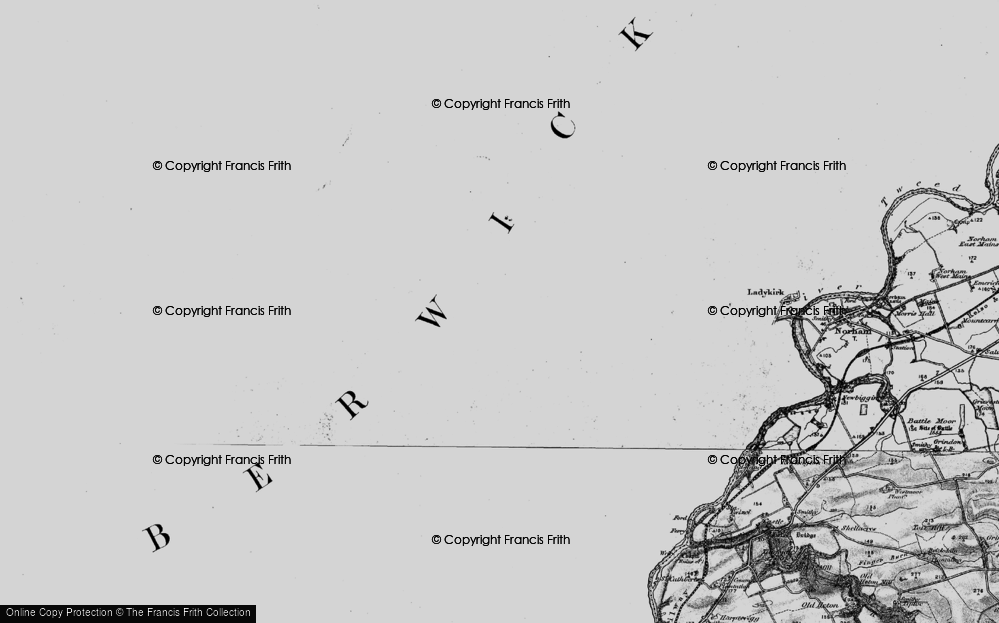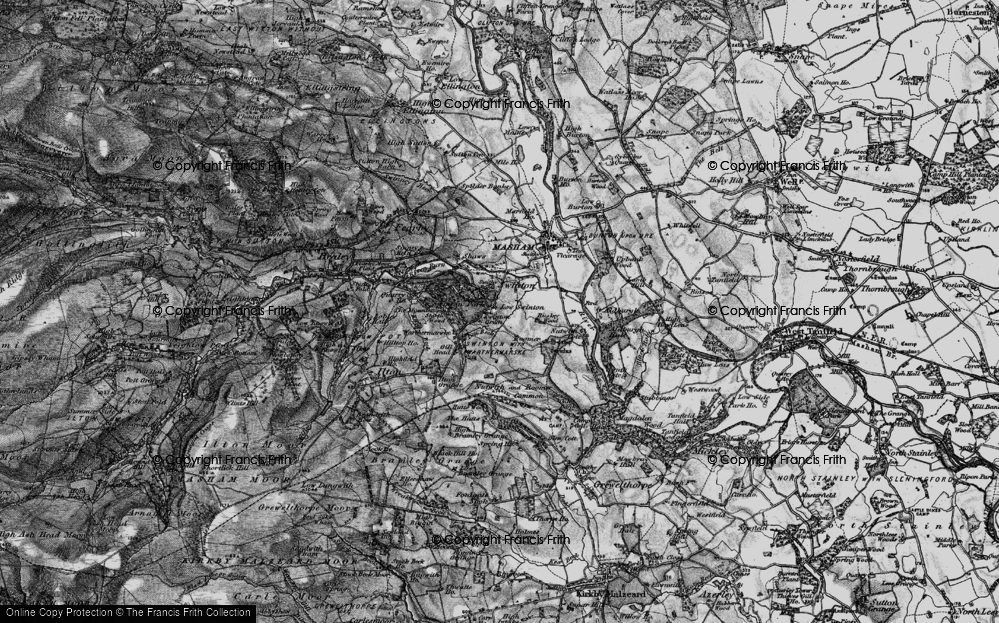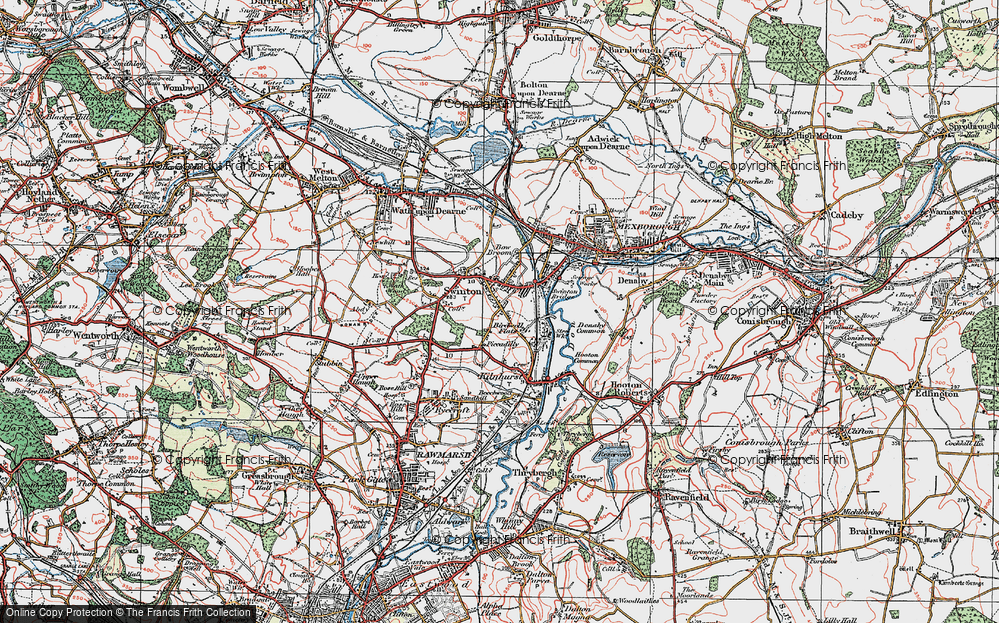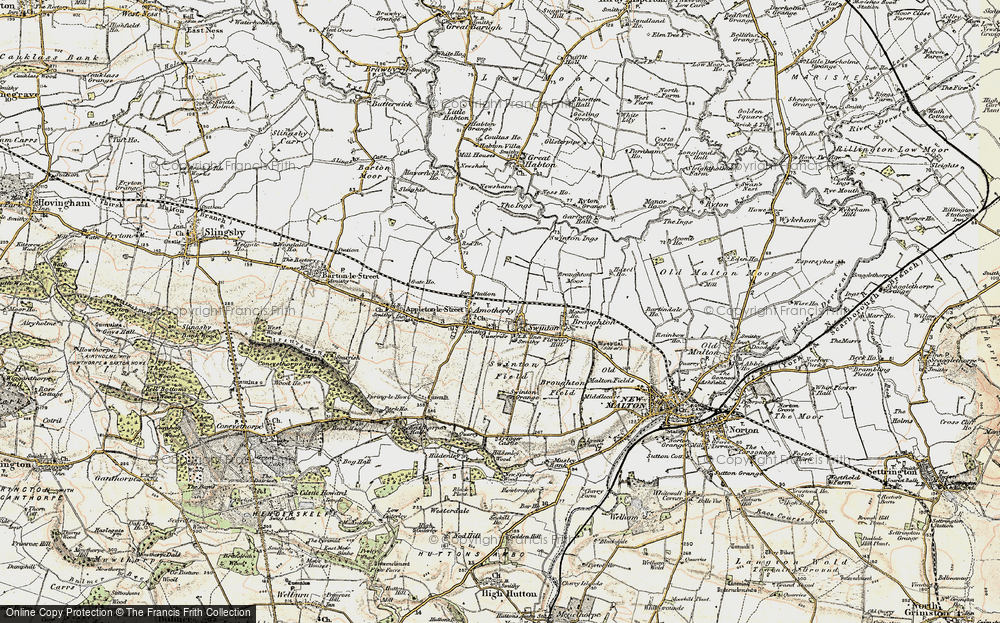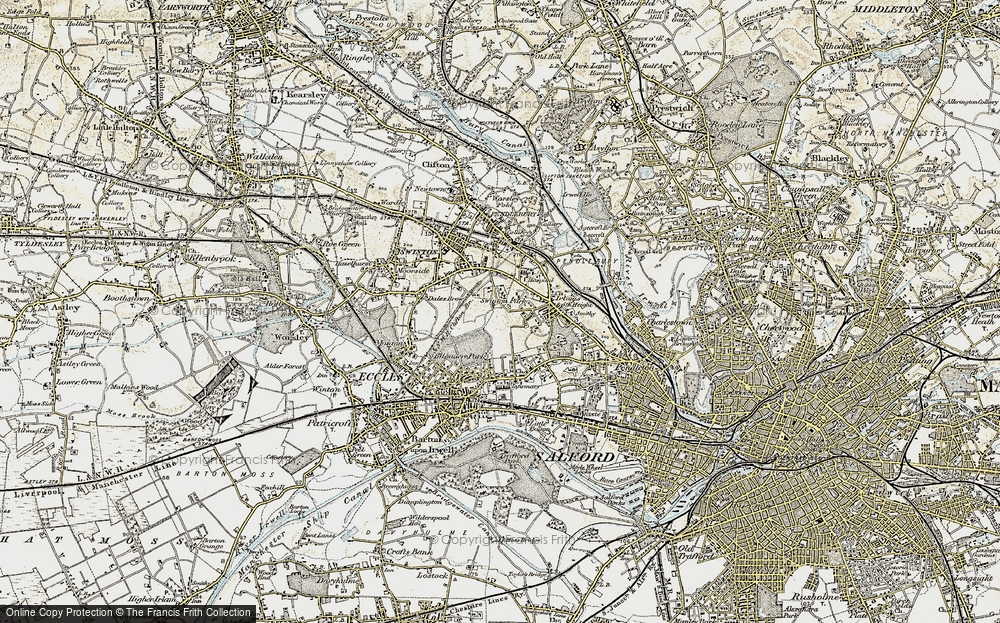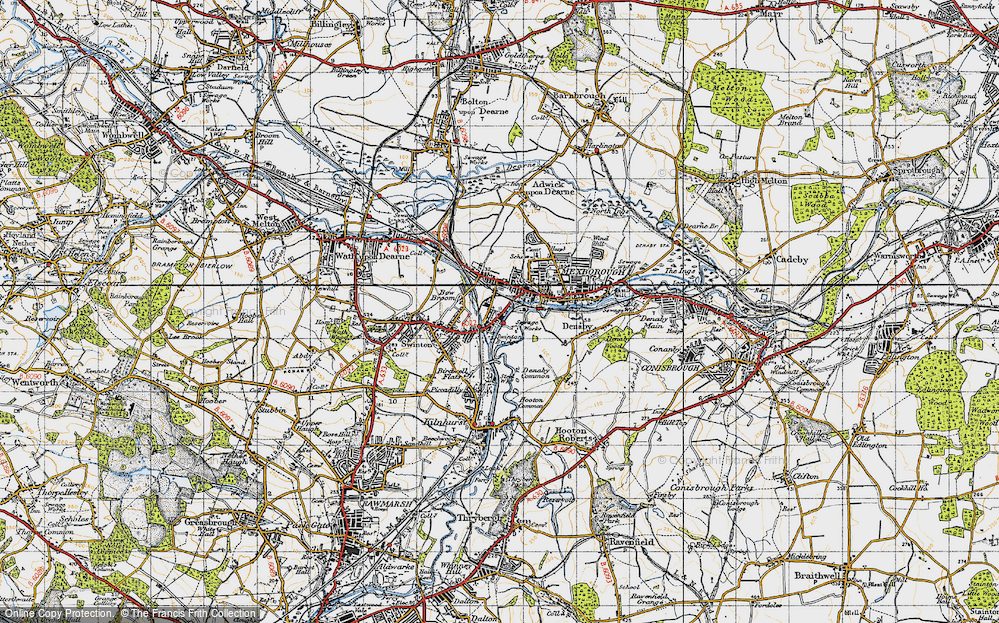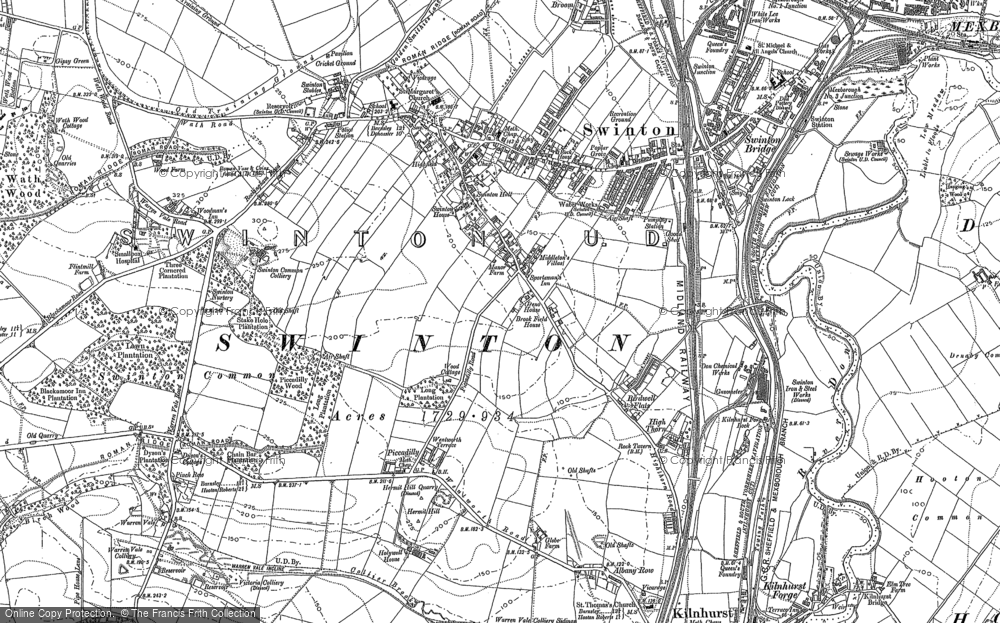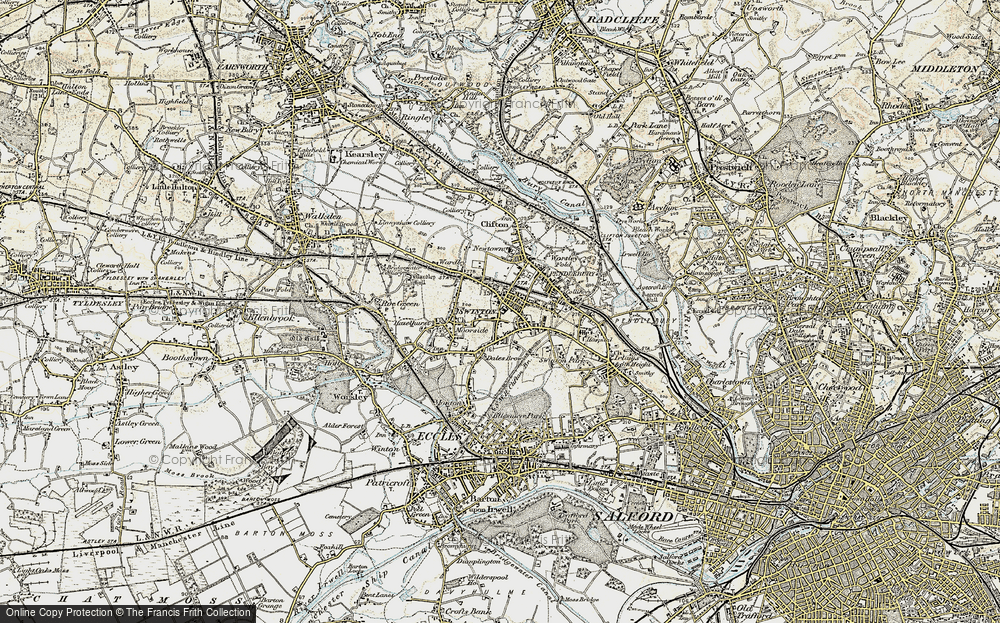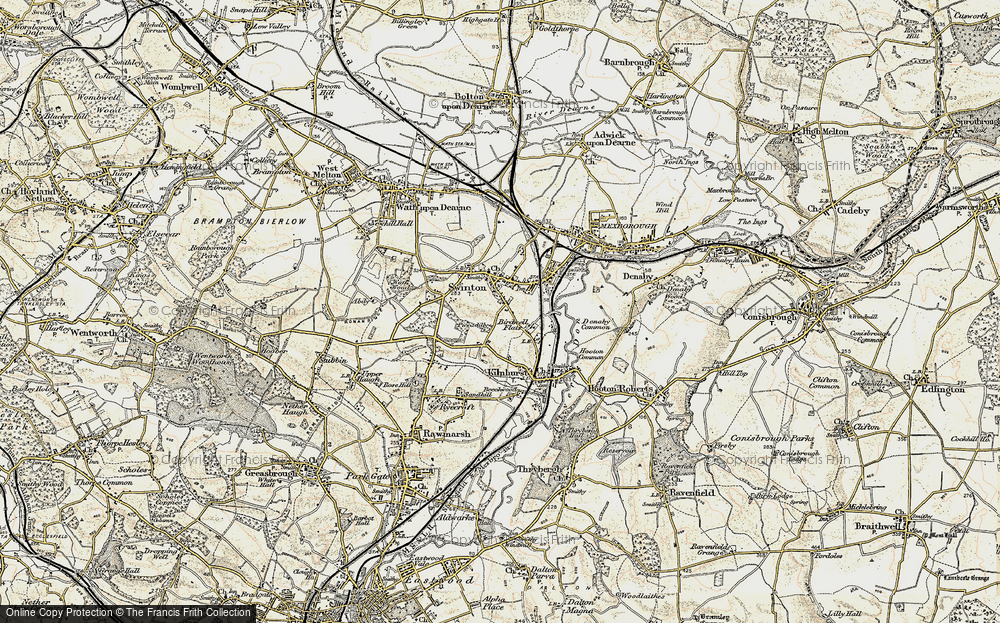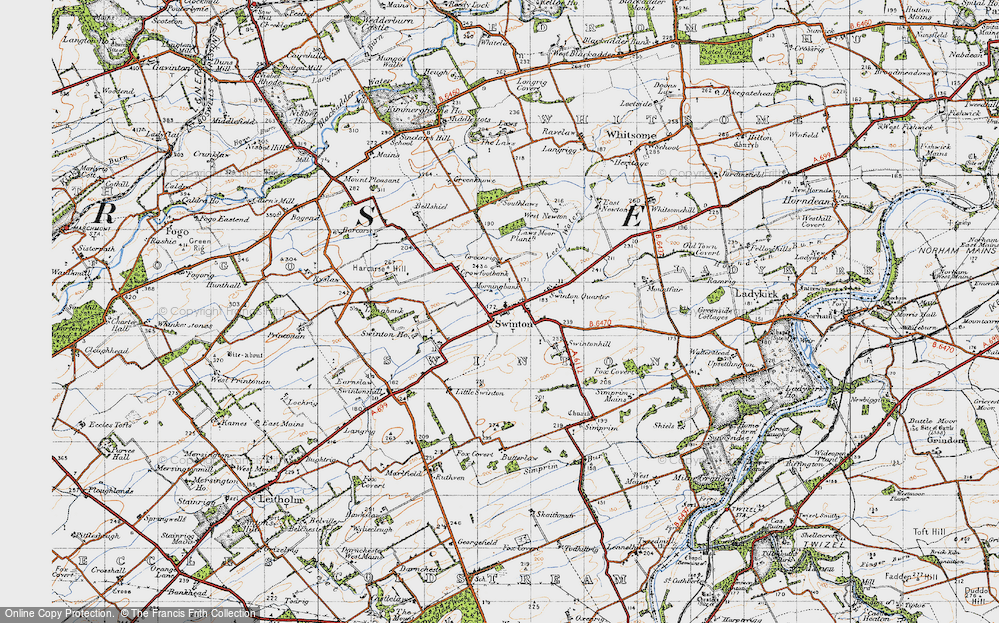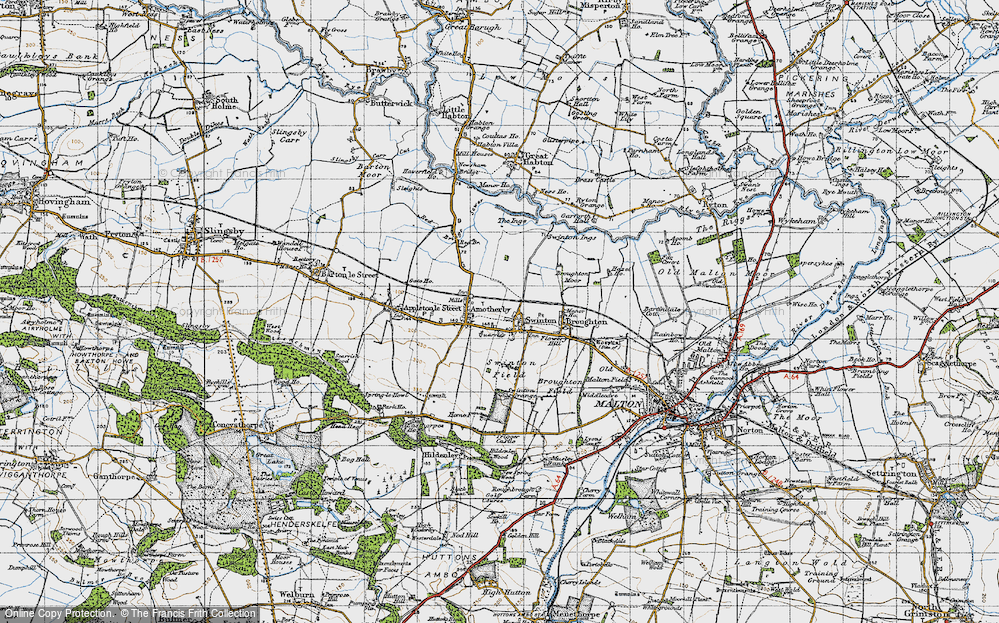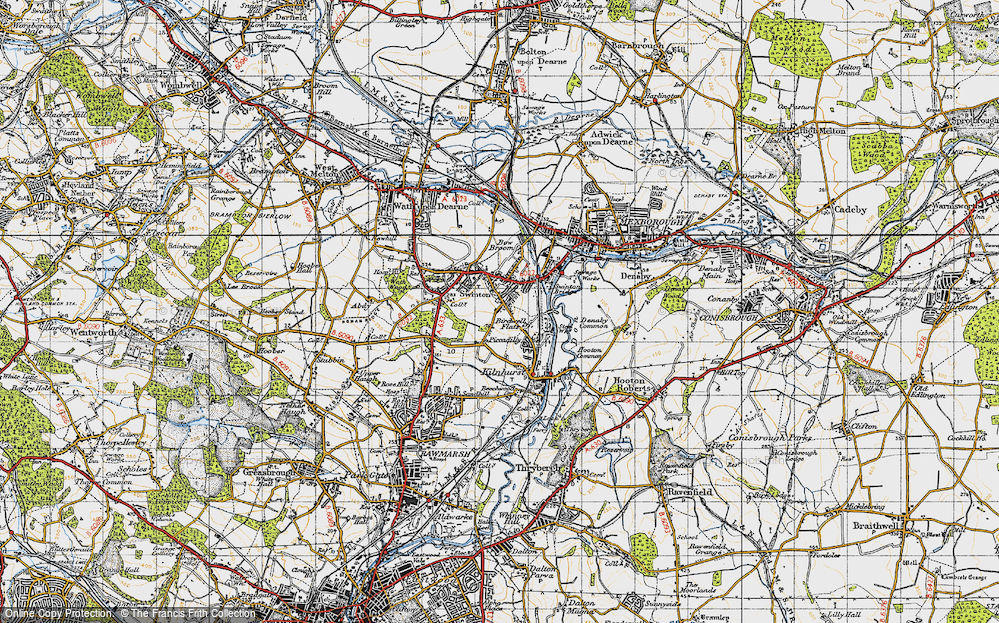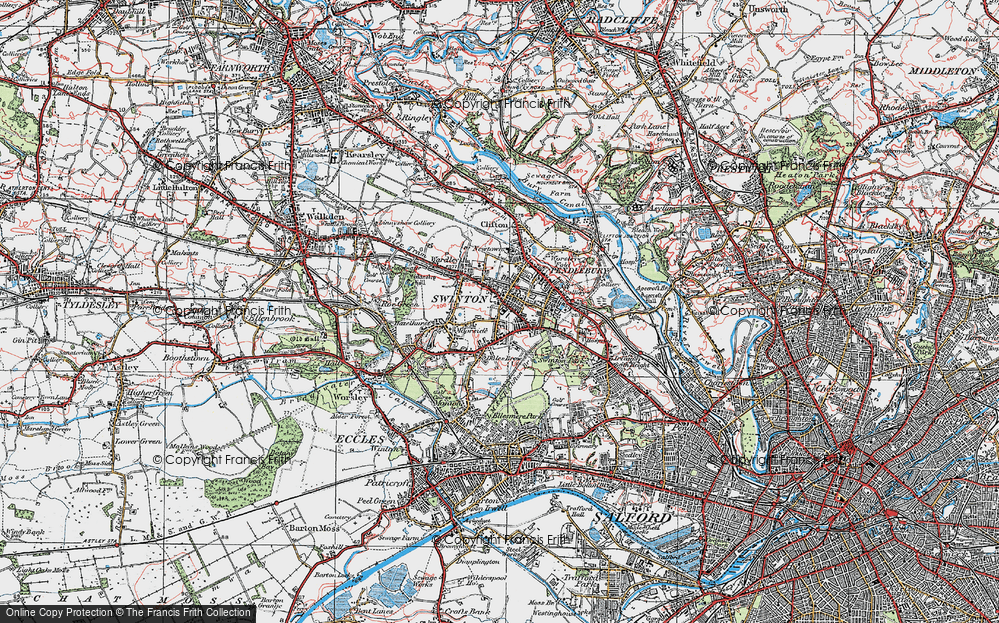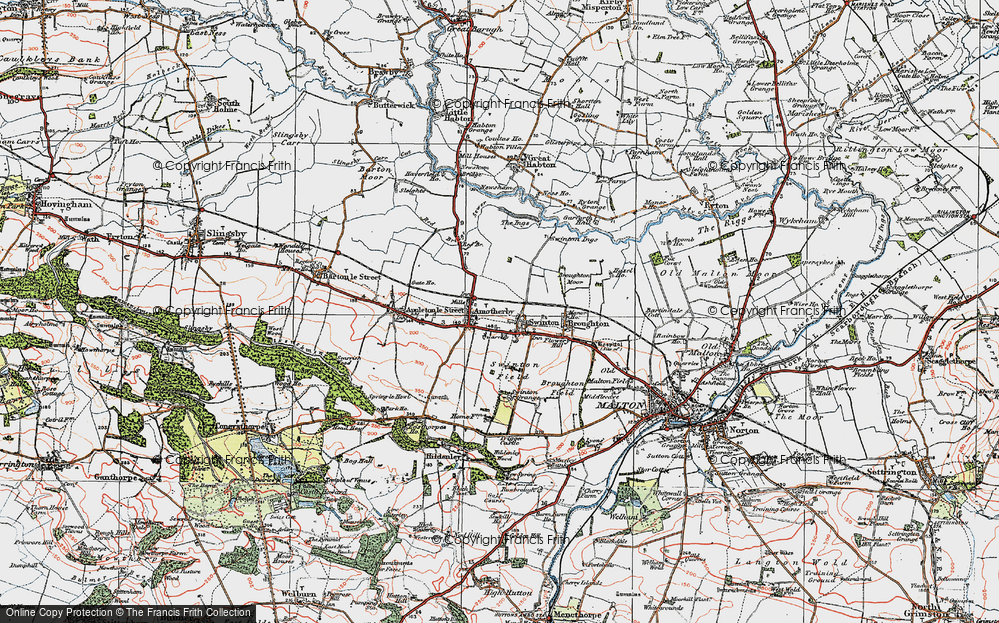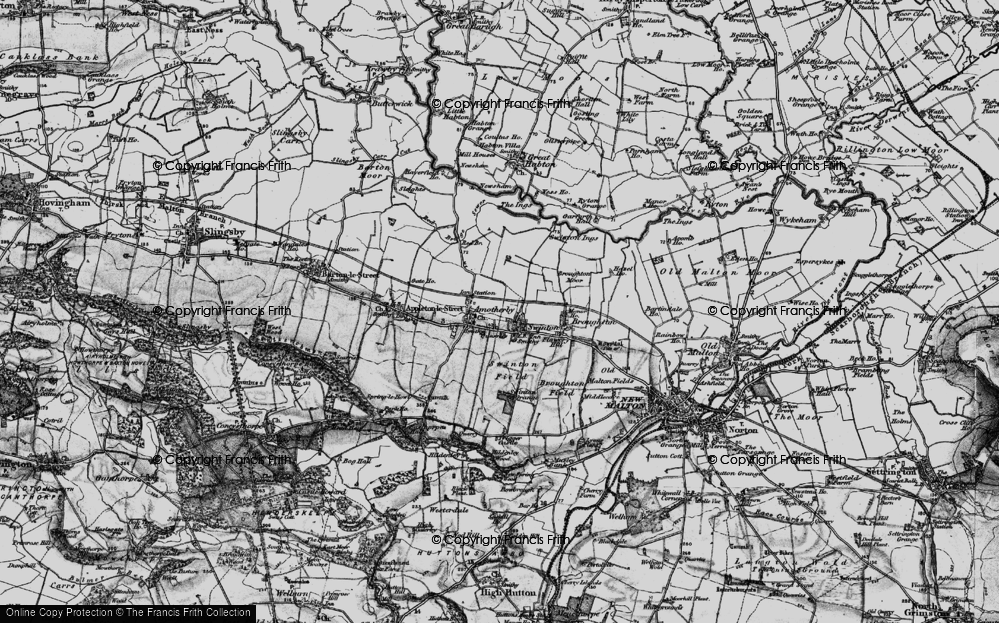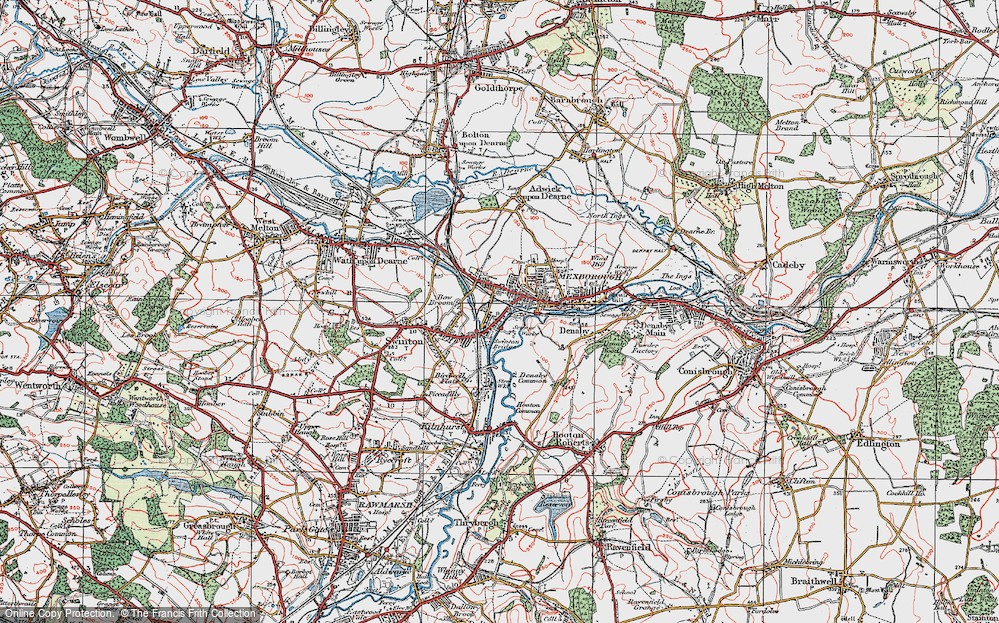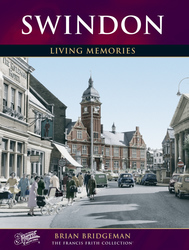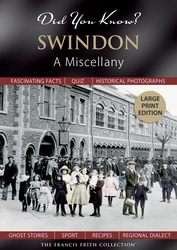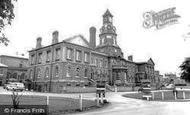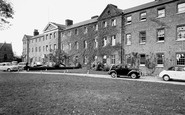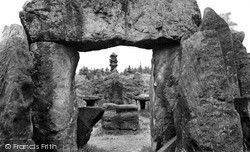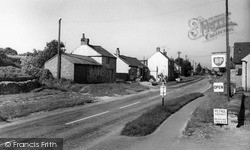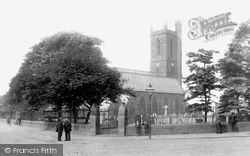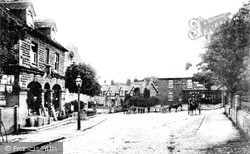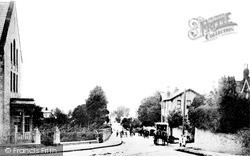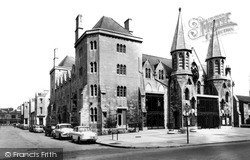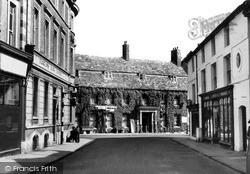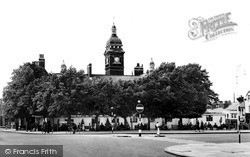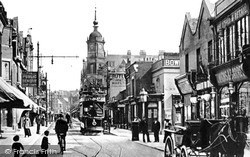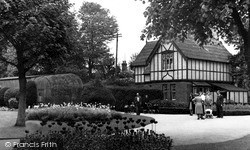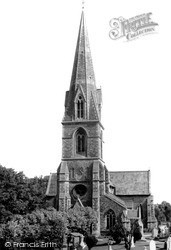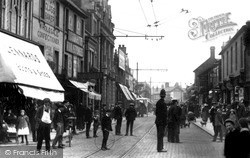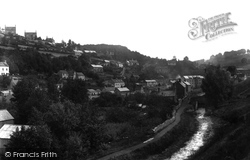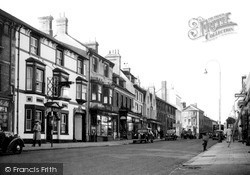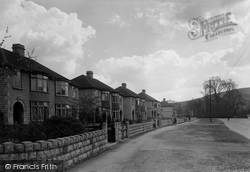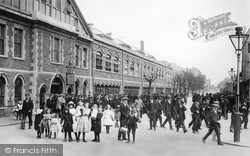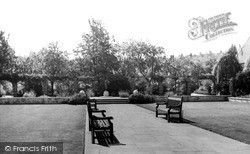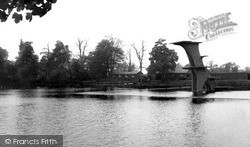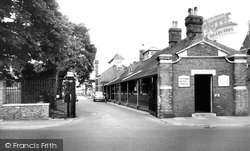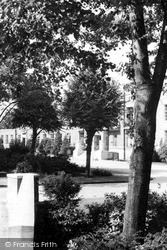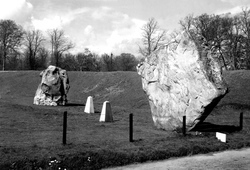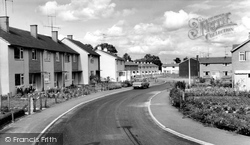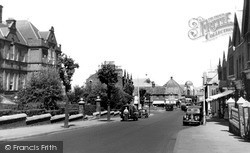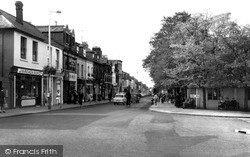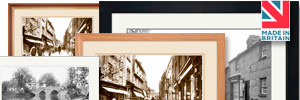Places
11 places found.
Those places high-lighted have photos. All locations may have maps, books and memories.
Photos
139 photos found. Showing results 1 to 20.
Maps
411 maps found.
Memories
67 memories found. Showing results 1 to 10.
The Start Of My Career
I spent my first period of nursing training in this hospital (now converted into luxury apartments I believe). I can remember its endlessly long corridor with wards off, left and right and flights of stairs to the upper floor. ...Read more
A memory of Aldershot by
1940s In Og St George
Mrs.Ball at the Post Office. Westlecot House (now March House) with the Hayward-Jones family. Imo H-J and self at fete at the Manor house dressed as Shah of Persia and Aga Khan. Old Mrs.Ollie home help/cleaner. Pony ...Read more
A memory of Ogbourne St George in 1940 by
Memories Of Harold Hill
Hi Janice Dinnick here, I lived at 3 Swindon Lane from 1950-1959 moved to Camborne Ave till 1969 when I married Bill Sodeau . My best friend was Susan Smith from Swindon Way she had sister Janet and brother Brian. I went to ...Read more
A memory of Harold Hill by
Great Memories Of Harold Hill
Hi all had a wonderful childhood living in Swindon Lane 1950-1959 moving to Camborne Ave until my marriage 1969 moving to Hastings then moving to New Zealand 1981. Went to Dycourts then Harrowfields Girls 1961-1966 then ...Read more
A memory of Harold Hill by
Old Roman Terrace
Hi my name is Morgan Smith and I was born at 61 Queen St. Swinton in my Nan Callis' house on the 9th 7 1948 then moved to 248 Wath Rd Mexborough into a terraced house across from the jet garage on Roman terrace. I went to Roman ...Read more
A memory of Mexborough by
Cobblers Shop Rockingham Road Swinton
My memory relates to the cobblers shop on Rockingham Road, Swinton as this was my grandad's shop, I used to walk down the back way, behind the houses to get to it, it is still a shoe repairers shop. At ...Read more
A memory of Swinton in 1967
Boxing
When I was a young lad my father Gwilym Jones and Joe Collins of Avondale Street (Joe was, during the 1939-45 war, the army lightweight boxing champion of India) My father had been a professional boxer in his earlier years.They opened up a ...Read more
A memory of Ynysboeth in 1948 by
Lament On A London Landing
. When I was a gusty young airman So many seesaw sunny days Were spent with blue girls on Marlborough Downs Our only access, a path both straight and narrow, Thinnest and steepest in its final assent. Emotions of ...Read more
A memory of Burderop Park in 1964 by
St Catherines School
I am trying to remember old schoolmates, Greham Humpries, Carol Taylor, Frank Birch (and sister), Julie wood ect. There were not many in the school but we had good times. I remember carrying coke in from the yard. I ...Read more
A memory of Barton Upon Irwell in 1958 by
Beck Worth House Lindfield
I have a personal interest in Lindfield as my great grandparents lived in Beckworth Lodge on the Beckworth estate my great grandfather was the head game keeper and my Mother lived in Beckworth Lodge for the first six ...Read more
A memory of Cuckfield in 1910 by
Captions
30 captions found. Showing results 1 to 24.
This miniature model of Stonehenge in far-off Wiltshire was erected by William Danby of Swinton Hall, Ilton, near Masham in around 1820 as a folly to interest and impress visitors to his estate.
The small hamlet of Swinton, west of Malton on the B1257, above the wide valley of the River Rye, was completely deserted when the Frith photographer called on a summer's day.
Swinton and Pendlebury lie to the north-west of Salford. St Peter's is the only church in the Manchester area to have been commissioned from George Edmund Street.
Purton was a small settlement to the west of Swindon.
Purton was a small settlement to the west of Swindon.
It was converted to a chapel for the Wesleyan Methodists by T S Lansdown of Swindon in 1869 - it could accommodate a congregation of 1,000.
It was known as the Crown until about 1810, when it was renamed in honour of the Goddard family, the lords of the manor of High Swindon.
Swindon adopted the Public Libraries Act in 1942, and its first public library opened in McIlroy's departmental store in Regent Street the following year.
In 1905 Swindon was a busy manufacturing town which owed its wealth and commercial rise almost exclusively to the railway age in general and the inspiration of Sir Daniel Gooch in particular, who
These quarries had given Swindon an important industry long before the arrival of the GWR, for the stone was considered of excellent quality.
Swindon - 'swine down' or 'pig hill' - is Wiltshire's largest settlement; it grew from the two villages of Old and New Swindon of about 2,000 inhabitants in 1900 to its present size of about
This is the New Town, the railway end of Swindon, quite close to the GWR works and their workers' housing. Note the tram lines, overhead wires and the boy with his hoop.
It provided the corn and cloth mills of Chalford with the means of finding new markets for their wares until this mode of transport was superseded by the Gloucester to Swindon railway line.
Looking North The main street of Old Swindon was first recorded in 1581.
They were built of concrete blocks by the Swindon development company Bradleys on land that was formerly Fuller & Maylam's nursery.
As railway services contracted, a major rationalisation in the 1980s saw the unthinkable happen - the Swindon works closed.
The creator of the Queens Park concept was Maurice Williams, in his role as General Superintendent of Parks in Swindon.
In 1914 Swindon Borough Council purchased both Coate Water and sections of disused canal within the town.
Thousands of Cheltenham people entered the world at St Paul's maternity hospital in Swindon Road, which was founded in 1948.
The offices have suffered the same fate as the Town Hall - they have become too small for the intended council work with the massive expansion of Swindon.
The Diamond stone sits alongside the Devizes to Swindon main road that goes through the village.
According to the Wiltshire and Swindon Record Office, about 50 private houses were built in Bryans Close Road in the angle of North Street and Oxford Road in 1930.
Looking North The Swindon and North Wilts Technical Institute building (now known as the College) is on the left.
Next to these premises, by the bus stop, stands the sports shop of Harold Fleming, the famous footballer who played for Swindon Town from 1907-24; he was capped for England eleven times.
Places (11)
Photos (139)
Memories (67)
Books (2)
Maps (411)




